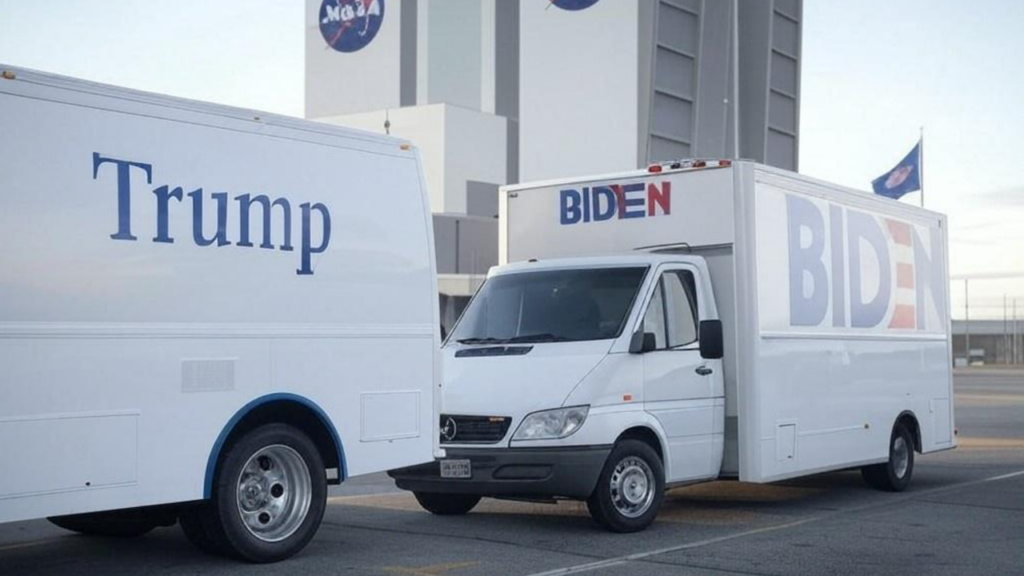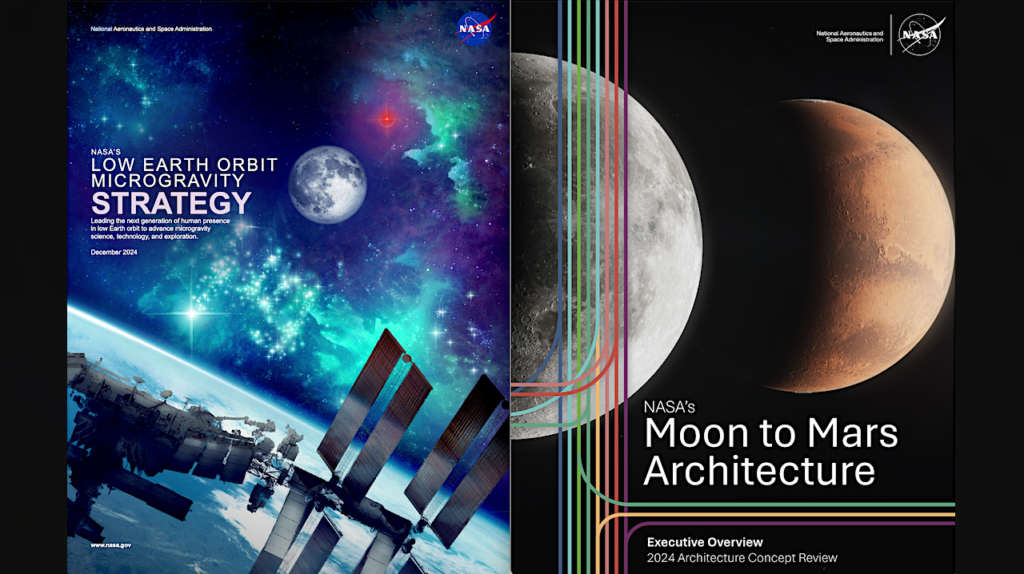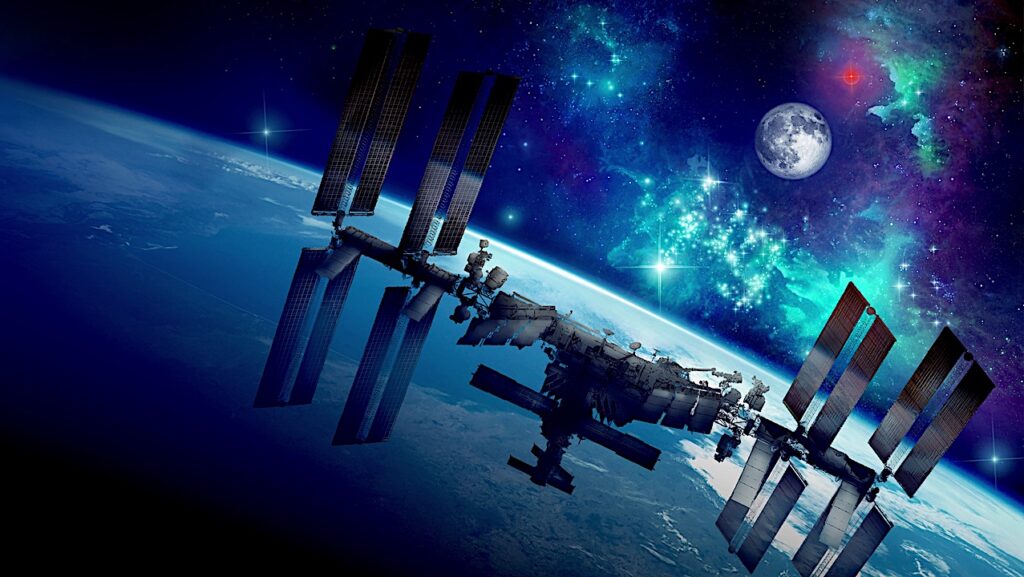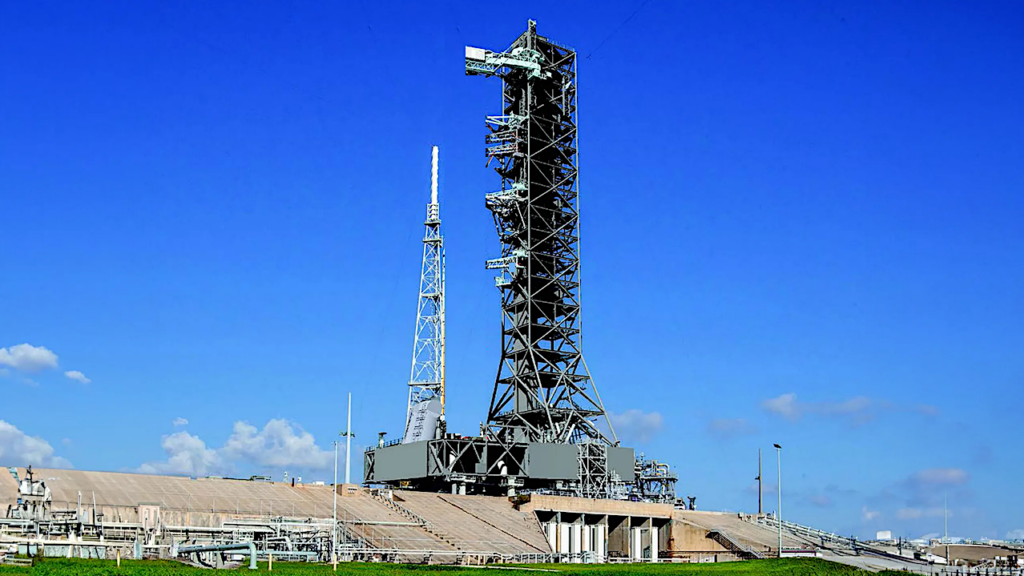Reality Check For The Whole Commercial Space Ecosystem Thing

Keith’s note: According to this little gem that was tossed online after hours on a Friday “NASA Adjusts Agreements to Benefit Commercial Station Development“ “We continue to see an immense amount of dedication from our partners,” said Angela Hart, manager of Commercial Low Earth Orbit Development Program at NASA’s Johnson Space Center in Houston.“The agency is committed to continuing to work with industry with the goal having one or more stations in orbit to ensure competition, lower costs, and meet the demand of NASA and other customers.” Uh huh. Since when has NASA lowered the cost – of anything? This whole ISS vs Gateway/Artemis vs Orbital Reef vs Starlab vs Axiom vs Russia vs China vs Congress with regard to space stations is all going to result in an inelastic collision – soon. To some extent this announcement is like rearranging deck chairs on the Titanic. The money is simply not there for everything, competing priorities are inherently non-synergistic, and in place of a coherent, national strategy – one that takes these things into account in a realistic way – we have a short-term, seat of the pants, ad hoc, fake it until you make it, free for all. Something has got to give since neither the money or a clear policy path are on the horizon. And the warning signs – if they are even apparent – will be ignored until it is too late. And expecting the National Space Council to do anything substantive is simply naive in the extreme. Oh then there’s the whole 2024 election thing and the fact that NASA has no idea when the moon walking resumes and … Just sayin’
2 responses to “Reality Check For The Whole Commercial Space Ecosystem Thing”
Leave a Reply
You must be logged in to post a comment.









NASA has been proclaiming that commercially viable space-produced products and research are just around the corner since at least the first Joint Endeavor Agreements in 1984. More recently tjey have proclaimed new scientific discoveries from ISS. Sadly, 40 years, 2 generations of effort have led to neither commercial viability nor world-shattering discoveries. Mainly space has become a rallying cry for additional space investment. Artemis, the one-day soon Moon landing program, has a proclaimed mission of science. I think NASA has forgotten, or maybe the current generation has not yet recognized that science does not provide rationale for the level of taxpayer expenditures required. It didnt in the Apollo era and still doesnt today. NASAs real goal has become self promotion. But the last 10 years have shown that space commerce is best led by commercial entrepreneirs. ISSs current goal is jist hanging on long enough for something like Artemis Moon missions to supplant ISS investment. Then talk of Orbital Reefs will die, quickly. NASA might have a future role in space vehicle R&D, or in space exploration education (not the wider field of ‘STEM’ education in which NASA jas proven sorely lacking) or perhaps as a regulatory body (let NASA try to take that from the FAA), but the days of NASA leading space vehicle construction and operations has passed the agency by long ago.
Not a single viable commercial model for off Earth human expansion (i.e., space stations and such) has ever been validated or proven. In reality, the mere fact that no commercial human endeavor has taken root off Earth in the past 50 years is a testament to this lack of proof and investor confidence. And all proposed ticket prices keep all travel to any space location remains in the pockets books of the ultra rich. How many billionaires or multimillionaires would sign up to go more then just once. Its a camping trip and not a Ritz Carlton. Completely unsustainable. And then there is the sale pitch for doing science as if “science” comes in a box off the shelf. A definite symptom of todays social media and lack of critical thinking culture. And then there is the sales pitch using the newish catch word “sustainable” which few seem to truly understand. And then there is the whole lack of advancing our human space adaptation understanding by not exploring the unknown living processes that occur between 1 and microgravity. We do not know what the curve between there is for adaptation and all other accessible off Earth locations fall between those end points (Moon and Mars). I believe only one company is suggesting a partial gravity rotating station. The general goals are not necessarily the problem, just the focus, implementation and sales pitch. And currently all concepts still require significant government funding and support.
Some lite reading:
https://www.sciencedirect.com/science/article/abs/pii/S0273117720302234
https://www.sciencedirect.com/science/article/abs/pii/S009457651400438X